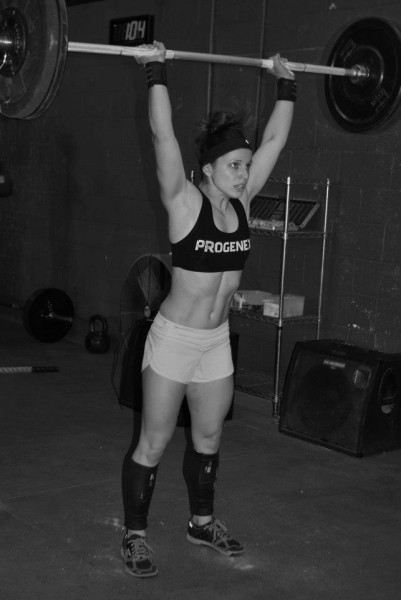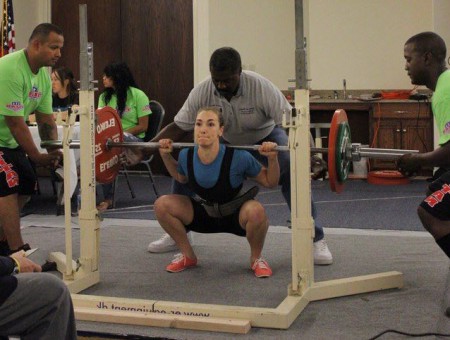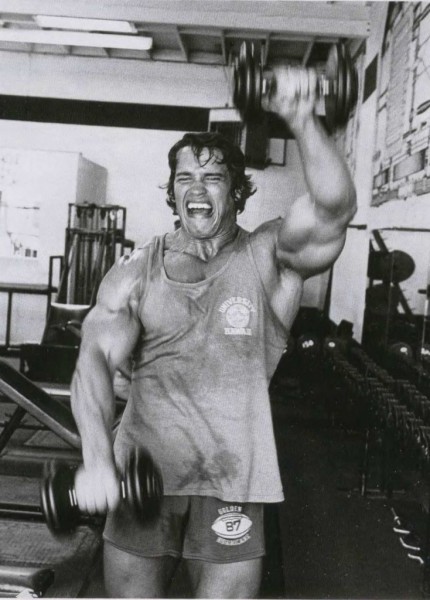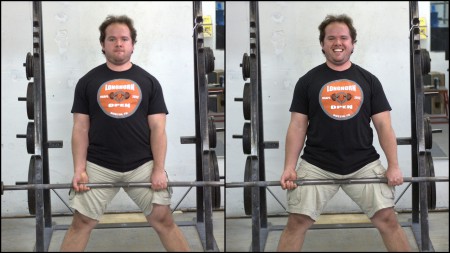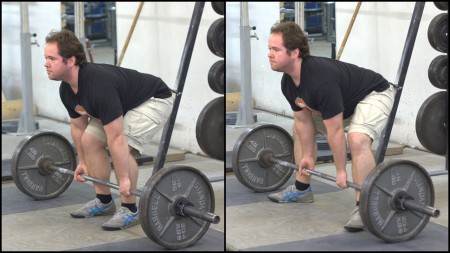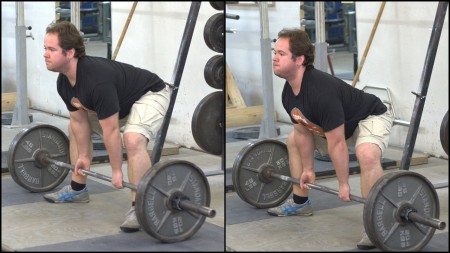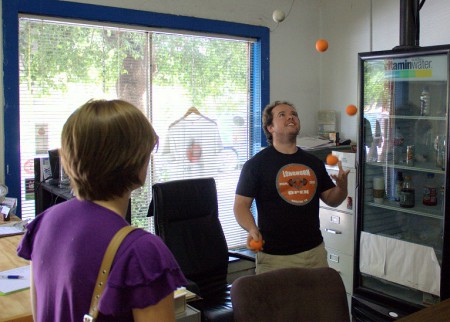Today’s article is a submission by my lady friend, Jessica, who you’ve read about before on here. Remember that thing I wrote about talking to people stronger than you? She used that as motivation to reach out to several of her gal-friends in the powerlifting community and spoke with them on the phone for some time about what motivates them, what goals they have, and then put together this summary for everyone to read and consider. I probably should have put this up yesterday for “Ladies’ Monday,” but I was busy bench pressing all day. – Jacob
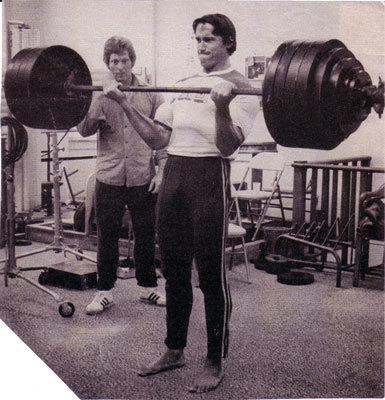 Many of us gym rats have a routine, schedule, program, and social circles that our lives revolve around, but it hasn’t always been that way for most of us. Successful lifters have taken control of their schedule, responsibilities, and nutrition as they strive for improvement. Others are still struggling to figure out what works for them. Believing “I’m not as strong anymore,” “I’m getting too old,” and “I can’t win” are lies told to you by failing mindsets. What do most professional athletes have in common? Self-confidence. Some would say egos. Tap into your inner ego and know you can accomplish your goals.
Many of us gym rats have a routine, schedule, program, and social circles that our lives revolve around, but it hasn’t always been that way for most of us. Successful lifters have taken control of their schedule, responsibilities, and nutrition as they strive for improvement. Others are still struggling to figure out what works for them. Believing “I’m not as strong anymore,” “I’m getting too old,” and “I can’t win” are lies told to you by failing mindsets. What do most professional athletes have in common? Self-confidence. Some would say egos. Tap into your inner ego and know you can accomplish your goals.
This article will discuss different kinds of motivation and reasons why you should train hard. First, we will talk about extrinsic or “brotagonistic” motivation. Unfortunately, most people in the gym pumping iron have a perception from society of being meat heads or douche bags yelling obscenities at each other. “Don’t be a pussy!” might actually work for some. If being embarrassed of missing a rep in public motivates you to push past your normal threshold then, by all means, partner up with someone who can provide you with that Brotagonistic motivation.
If that doesn’t work for you, then maybe you are intrinsically driven. This type of person usually is successfully inside and outside of the gym because they are Type-A and goal-driven. These lifters usually follow a rigid program, strict diet, and are good at time management. But, the best characteristic of this type of person is their ability to apply importance to everyday activities to meet their goals. For instance, a good example of this is Carissa Stith, who I met last year at Raw Nationals. She is a very competitive powerlifter, crossfitter, strong woman competitor, and almost superwoman. She is a Product Manager by day, Crossfit Strength coach for Crossfit 1525 before and after work, and an editor for Horns Unlimited. Being competitive at the national level is a big driver for Carissa. This kind of motivation also applies to me. I don’t want to be mediocre. I want to be at the top level at everything. Qualifying for the Arnolds and being a US Powerlifting team member are some of her most recent goals that she will accomplish this year. To compete at this high level, she maintains a strict diet, rigid sleep schedule, and doesn’t miss workouts.
This example spills over into my next point: Is there a correlation between your training and your life choices? DUH! Everyone knows if you eat like crap, you feel like crap, and therefore, you train like crap. Nutrition can play a very important role in your body’s performance. At a certain age, you will come to decision points on what is important. When you are motivated to train hard, then you stay true to your nutrition plan, sleep schedule, and other lifestyles choices that affect your lifting. This can also work vice-versa. If you are making your lifestyle a priority, then you have more energy and therefore, train more often and can train harder. Another good example of life choices is Candice Hodges. She is a full-time dental student, wife, blogger, and petite powerhouse! Her motivation comes from her own competitiveness. She wants to be the strongest girl in the gym….period. She recently wrote an article about her paleo lifestyle that fuels her body.
Set yourself up to succeed! As a dedicated lifter, it will be important to create achievable goals while maintaining your life responsibilities (Editor’s Note: I teach my lifters to use SMART goals). Set manageable expectations. Improving your meet total 200 lbs in 6 months might be unreasonable. Increasing your total 10-15% in a year is more manageable and will compile over time to produce big numbers. Once you have set your goals, you can commit to a training plan to achieve those goals. Hopping between programs will put you in situation where you are constantly chasing your tail. Always resetting or dealing with injuries can stunt your improvement. Find a program that works for you and stick with it. Being consistent will set you up for success more than some magic program. Sometimes, that even means paying for a consultation to have a trainer tailor a program to your specific needs and body movements. If you don’t chose to do that, you can leverage virtual communities that support your interests in weightlifting, powerlifting, crossfitting, curling, running, etc.
In my closing points, I will give you some takeaway thoughts. Haters gonna hate! Let if fuel you. Find whatever works for you and tap into your motivation “fountain.” Take control of your training and get ALL THE GAINZ!

